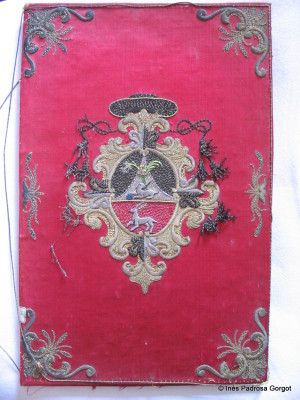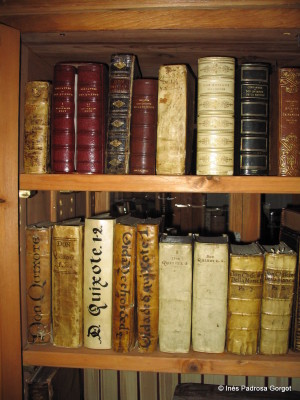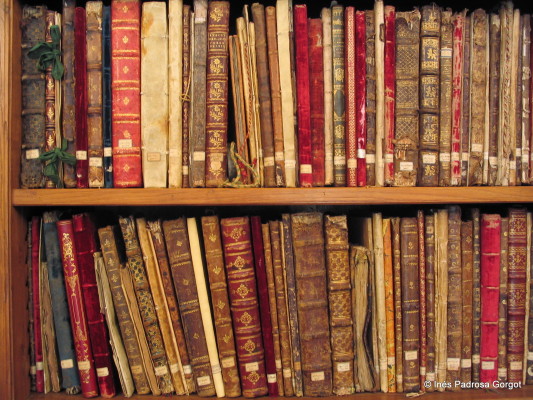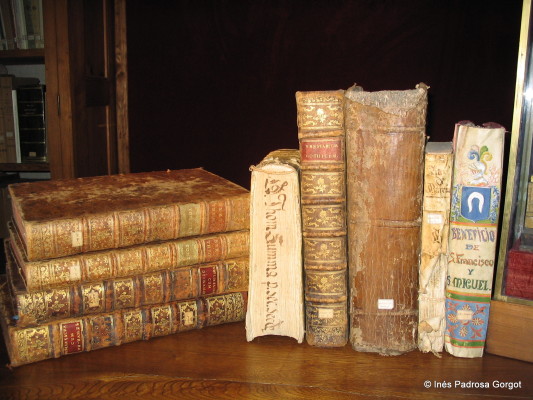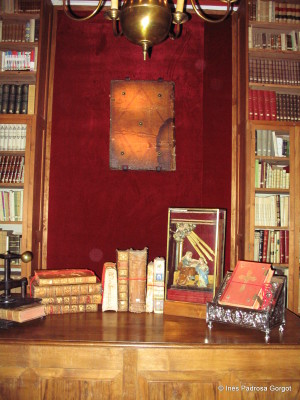CLOSED BOOKS
In this year’s exhibition, the Peralada Library will be revealing one of the more interesting and lesser known aspects of the history of the book and, in particular, of the history of art. The origins of the Peralada Library, comprising 80,000 books, dates back to the Counts of Peralada, with the subsequent expansion through acquisitions made by Miquel Mateu. This has led to the creation of a rich and varied library from a great number of collections.
The Closed Book… talks…
The Closed Book… externalises suffering throughout history. The Closed Book… allows us to know past owners. Techniques used in the Closed Book… give us an insight into dating, while the quality of the material leads us to the possible social stratum. The iconography of the Closed Book… sets it within a style and, the signature, assigns it to an author and trends.
The exhibition reveals different styles and techniques, developed from the fifteenth to the twentieth century. The oldest covers are Gothic, followed by the Mudejar, Renaissance, Plateresque, Baroque, the so-called “window”, “curtain” and “cathedral” types, Imperial, Romanesque and Modernist. Heraldic covers and ones with different superlibris or marks of the former owner combine to create a timeless subdivision, as do those signed by the artist. A more modern subdivision associated with book covers to emerge from the nineteenth century.
Taking the exhibition as a whole, particular mention should be made of the Renaissance covers from the Aldo Manuzio school, and some from private individuals, such as Pedro Antonio de Aragón, Viceroy of Naples, who donated his own personal library to Poblet which was subsequently divided up as it was confiscated, but the contents of which are easily identified for displaying as a superlibris the heraldic shield of the Naples school.
Other foreign individual book binders include Simier, Gruel, Sauton, Magnin and Ménard, with Spain represented by the damask cover, signed and dated, Zuloaga 1854, dedicated to Queen Isabel II, or covers by Hermenegild Miralles, Emili Brugalla, Miquel Rius, and book covers from the publishers Oliva de Vilanova, Montaner y Simón and from the “Art and Letters Library” collection.
With everything we’ve said, we hope that viewers and visitors appreciate the importance of this art form that is not just about preserving content. From now on, reflect on the appearance of a book and establish a hypothetical dialogue through which information comes to you that, to date, may have been undervalued.
Inés Padrosa Gorgot
Peralada Library

